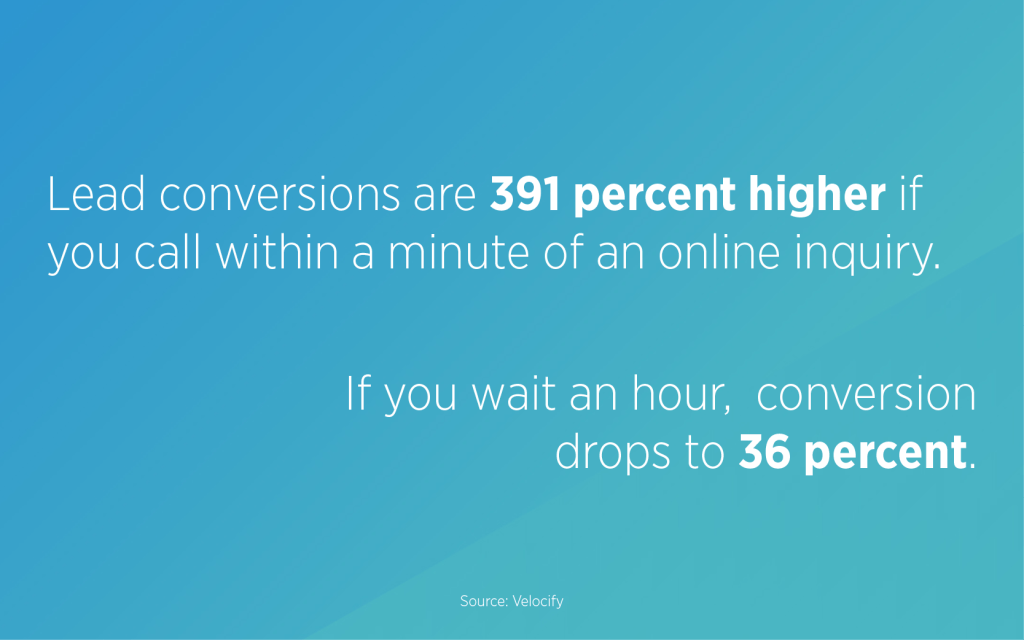No one feels surprised when a salesperson sells to them. Why would they be? That’s your job. What you can surprise people with is how easy it is to go from being sold to being closed.
Reducing friction in buying should be the basis for all the work you do as an SDR, account executive, or sales manager.
Jaron Erickson (founder of Dojo Sales Training), Doug Jensen (VP of sales at Pattern), and Mike Williams (sales trainer at Berg) shared their experiences and advice for boosting close rates and breaking through the noise in B2B selling at the latest Utah Sales Meetup.
Here’s the summary of our discussion with these sales leaders.
What is closing
Right away we needed to define what closing even is. Like all things in sales, that metric varies. It’s not a bad thing that “closed” means different things, but it does mean that sales teams must know their objectives.
Closed can be anything from a single order/sale to consistent sales and recurring agreements. Ideally, a closed sale leads to additional sales though.
As long as there are “clear metrics for the closers,” your exact definition isn’t going to matter much.
What’s wrong with closing right now?
All 3 panelists agree that you hurt your chances of closing when buying feels disjointed and inauthentic.
“We can make their life easier,” Doug says. “It’s easy to get in front of people, but there’s so much noise. Think 2-3 steps ahead of your buyer” and smooth out the process.
Mike emphasizes that you must understand your customers’ needs so you can show them how your product or solution will “turn things around.”
When you build trust, create relationships, and show that you’ll do what’s best for the customer, that makes closing natural as opposed to a struggle.
The close begins in the discovery
To streamline the whole buying process, do great discovery.
Discovery is when you “learn where you can bring value” based on what a prospect needs. Use what your prospects tell you in discovery to “re-personalize” as you sell. Jaron says that re-personalizing in the buying process allows you to fit benefits to what a prospect tells you about. How you sell should always be catered to what that specific individual is doing.
Doug adds on to the importance of that, “Good discovery is finding pain.” When you know the pain, you keep it relevant the whole sales cycle.
Good discovery is finding pain.
DOUG JENSEN, VP OF SALES, PATTERN
Mike sums it up well in a single sentence why discovering the pain is so important: “It’s not a solution unless you can attach it to a particular problem.”
With great discovery you find that problem and getting to closing is that much easier.
What to do at the top of the funnel to get the best outcome
Jaron wants SDRs to realize they aren’t just part of the beginning of the sales cycle. SDRs can and do “have an impact on the likelihood of a deal closing.” They’re the first line of building trust and that needs to extend through the handoff to an AE. Do a warm handoff and even get on the demo call to make an introduction.
Hype up the AE to your buyer and bring the context you have into the beginning of that demo call.
“SDRs do phenomenal work. It’s hard and time consuming,” Doug says. “Sit on calls [through tools like Gong] and understand what buyers want.” Then you can maximize the time you spend on tasks that fill the pipeline and work with better prepared leads.
What impact the tech stack has on closing
Tech has made life more noisy and complicated. Even to the point that we rely on our tech instead of building up knowledge. SDRs need to know their customers’ problems. All the tech in the world won’t help you close if you don’t understand what people need.
Plus, software only helps you if you use it. For Mike, a huge part of training sales teams is getting them to realize the importance of putting information into the CRM.
The notes you take and save in the beginning of the sales process could very well help you get you to closing. But without documenting those notes in a place for your whole team to use, you lose out.
Final tips for becoming a better closer
Momentum is key to selling, so always clearly communicate what’s coming next. As Jaron says, “if there’s not action, there’s no progression. The best closers set up clear expectations about next steps.”
That type of friction — not knowing what’s going to happen — causes deals to stall. By proactively communicating what happens and when, you take the stress off your buyers.
Another part of building momentum in the deal cycle includes staying in front of prospective companies and adding value. “The best reps are value-based,” Doug says. They still try to move forward on a timeline using automated sequences to help do follow-up, but not to the point of fracturing relationships.
And of course you build no momentum if people feel confused.
“If you confuse, you lose. … [Buyers] aren’t going to progress,” Mike says plainly. You have to adapt to the style of the buyer and relate to them.
Join the Utah Sales Meetup
Our next meetup with The Sales Evangelist will be in Q3 of this year. To stay updated, follow Skipio and The Sales Evangelist on LinkedIn.



